British Warships in the Age of Sail 1603–1714: Design, Construction, Careers and Fates
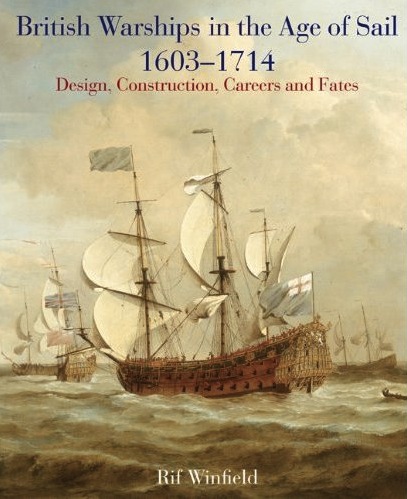 by Rif Winfield
by Rif Winfield
If all you know about sailing ships comes from the occasional pirate movie, the level of magnification this book and its two companion volumes bring to the task is probably overkill. Even for the fairly specialized reader these books are hardly casual reading. Rather, they are meant to be long-term reference sources especially to naval historians and to that end present a trove of data hard to find in one place elsewhere. Together, the three volumes cover over 200 years and over 5000 vessels.
Also, anyone with an interest in the larger political, empire-building context of which these ships are the most—literally—powerful expression will find both in the in-depth introductions to each section and in the raw data itself endless detail. Add to that yet another dimension, economics (think of the rope and biscuits, not just the obvious timber and iron and sailcloth), and you see that these books do so much more than merely list boats. Even if all you want to do is peruse just those lists, you’ll want to know a hoy from a pink from a smack to get anything out of them. The book is bristling with proper terms and how could it not, this being a highly specialized subject with a very specific vocabulary.
Readers with an interest in the actual building or running of ships need to know first of all that the words design and construction in the subtitle should be taken to mean specifications.
Published in reverse year order this last book is were the trilogy begins; the other volumes cover 1714–1792 (2007, ISBN 978-1-84415-700-6) and 1793–1817 (2005 and 2008, ISBN 978-1-84415-717-4). All books are organized the same way and the key to their riches is provided in the 50 pages of foreword, preface, introduction, preamble etc. Skipping these means missing important instructions about how the books work and will keep you from getting the most out of the data presented. Also offered here are a bibliography, timeline, summary of fleet actions, and a glossary. Worthy of especial praise for its learnedness is the Foreword by British naval historian Andrew Lambert, Laughton Professor of Naval History in the Department of War Studies at King’s College who has himself published on this subject (the book says nothing about who he is. Why ever not??).
No matter how desirable to the reader, it is obviously outside the book’s scope to tap into the large body of color paintings of naval battles and sailing warships. Even a book as generously large as this would hardly do such grand canvases justice anyway but some color would have been welcome. All the ca. 200 illustrations of maps, ship paintings and drawings, and ship models are b/w.
Winfield is a well-established authority on historic warships and has spent a lifetime researching this subject, amortized in several hugely important books akin to those of his predecessor and collaborator, the late David Lyon. In general historical terms the era covered by this book is uniquely complex inasmuch as it includes the period in which the Monarchy was suspended which resulted in marked internal upheaval and a corresponding shift in foreign policy. These events are inseparable from the very existence of the Royal Navy and treated here with all due detail, beginning with King James I ascending to the throne upon the death of Queen Elizabeth I, continuing through the Commonwealth and Protectorate, and ending with the death of Queen Anne. The book was probably also harder to research because in the 17th century technical drawings and design records still remained the personal property of the shipwrights, becoming state records only in the 18th.
All ships ordered and built for the Royal Navy are presented, no matter how obscure, as are hired and even captured ones. They are presented by type in groups and each group and subgroup is introduced in the form of general background. To the extent that it is available, for each ship information is given as to construction dates (ordering, keel laying, launch, commissioning, fitting-out), shipyard, dimensions, tonnage, cost, crew, armament, captains, service history, modifications/refittings, and significant actions. The source for this data is shipwrights’ and official Admiralty records; for captured foreign-built ships the details are obviously more sparse.
Appended are lists of English vessels that fought the Spanish Armada in 1588, 1969–70 construction costs (immensely interesting but only really meaningful if you use a converter, which is easy enough to find but not at all easy to apply correctly), inventory of Navy ships by type/name/date, and 1603–1714 launchings by dockyard along with a list of master shipwrights by yard. The Index is divided into named/owned and hired vessels. Here too read the fine print to ascertain what is included/omitted and why. Something to be mindful of is that there are cases of the same name being used on more than one ship or one ship carrying different names throughout its service life.
This book has a steep price but it is cheap in comparison to what it contains and what it took to research. Also, in mere physical terms this is a beautifully made book, properly bound, good paper, and the kind of intelligent typesetting that helps the reader, to put it crudely, quickly distinguish what goes with what.
Winfield covers post-1817 activities in The Sail & Steam Navy List, 1815–1889 (2004, ISBN 9781861760326), written with David Lyon who in 1993 published his major work The Sailing Navy List: All the Ships of the Royal Navy, Built, Purchased and Captured, 1688–1860 (ISBN-13: 978-0851778976).
Copyright 2011, Sabu Advani (speedreaders.info).


 RSS Feed - Comments
RSS Feed - Comments
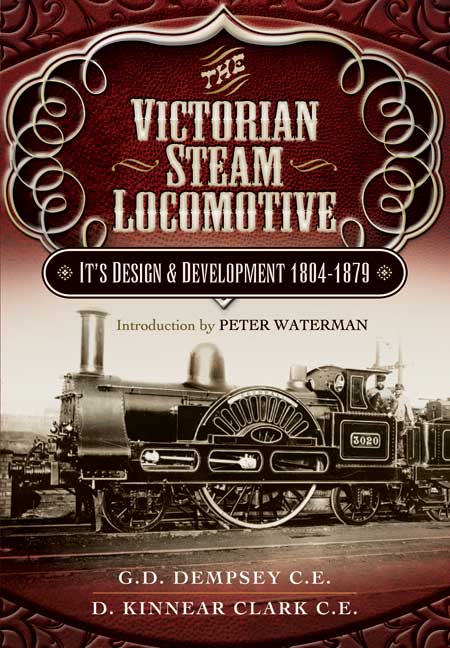
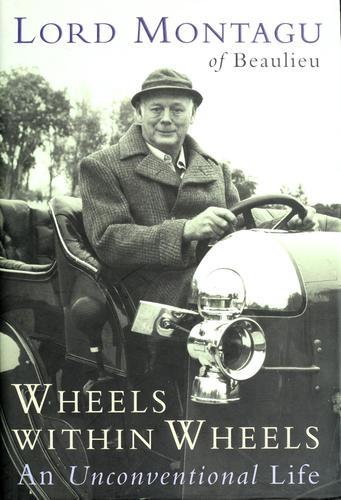




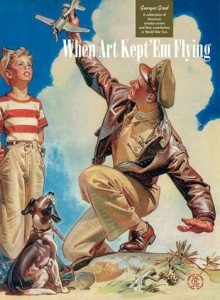



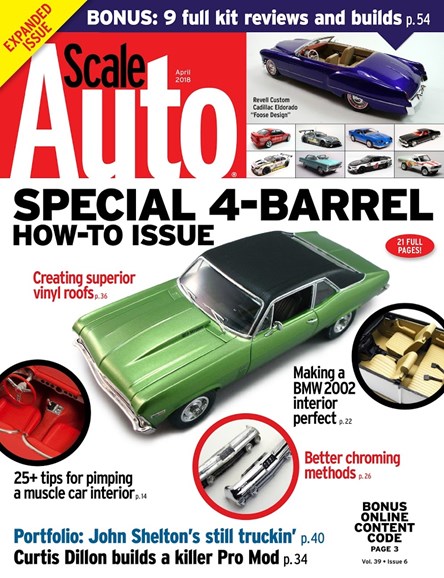







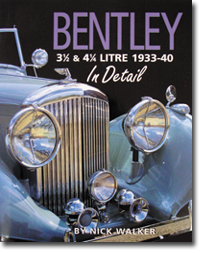




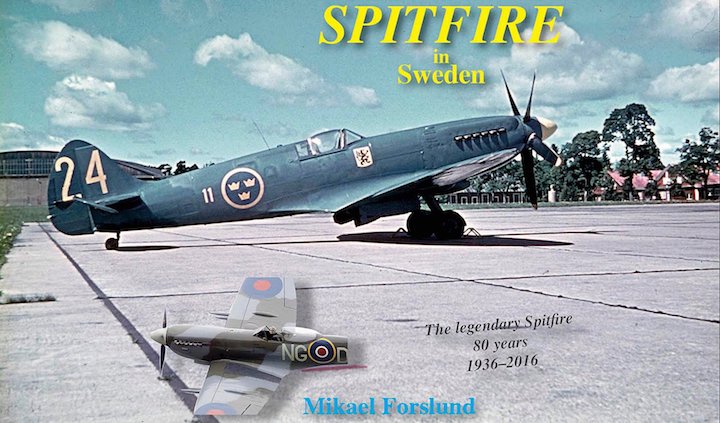




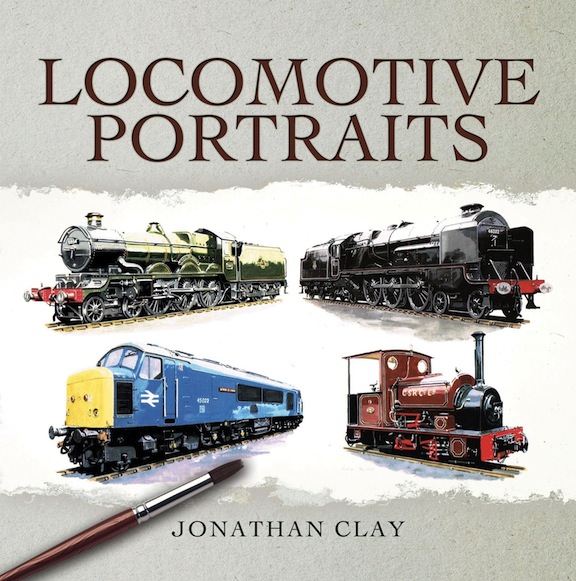



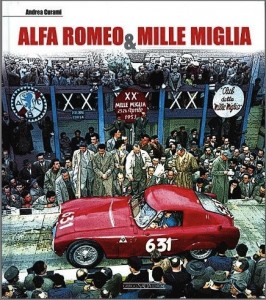

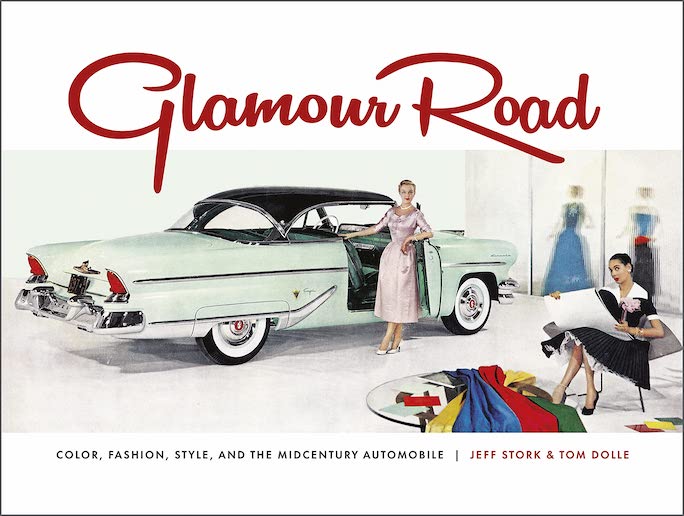


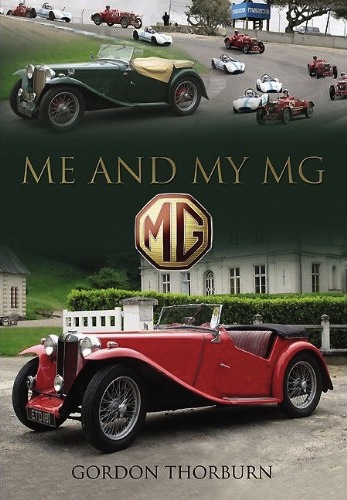
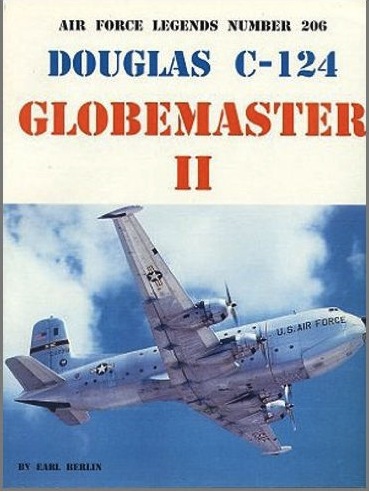
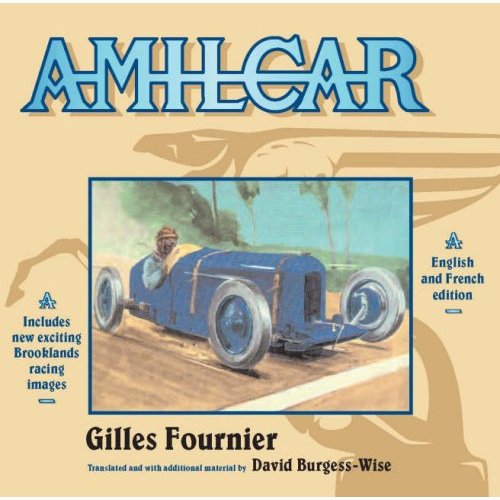





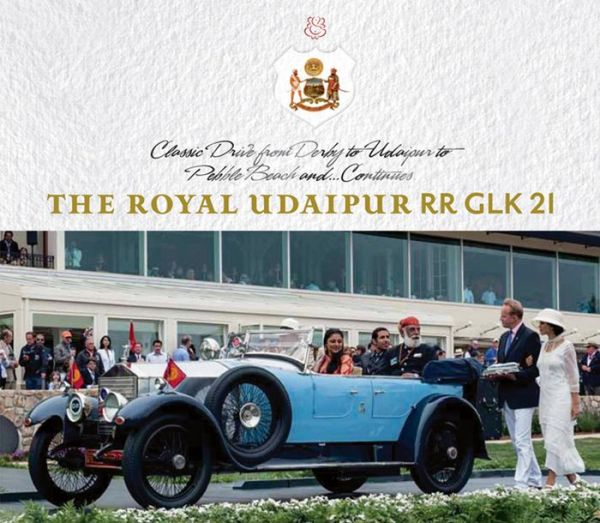


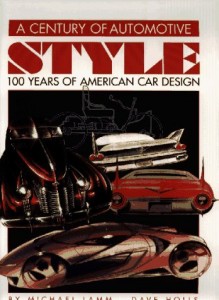

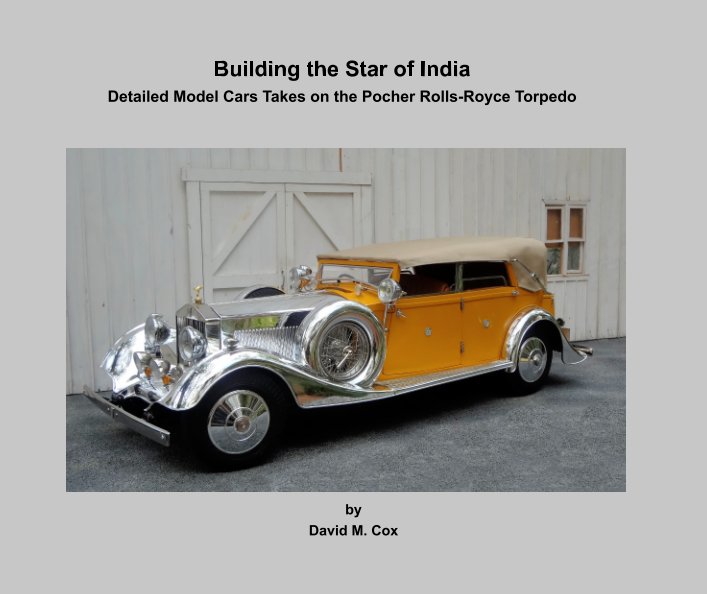






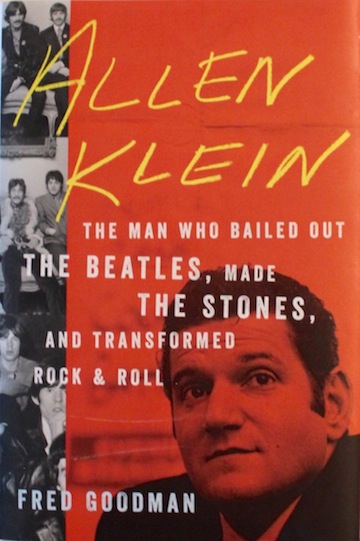
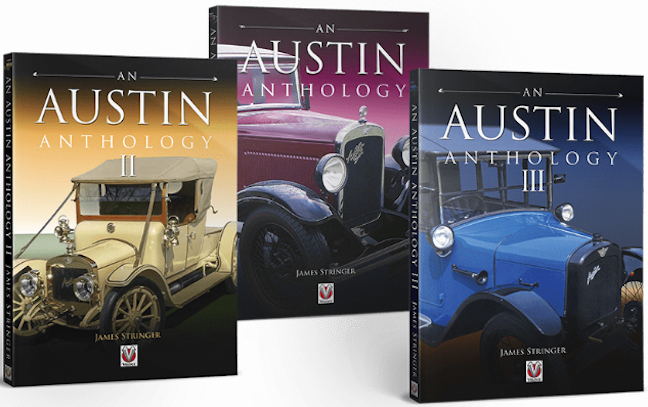

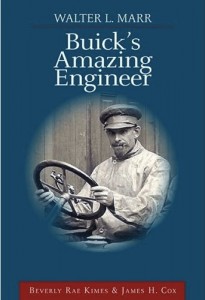

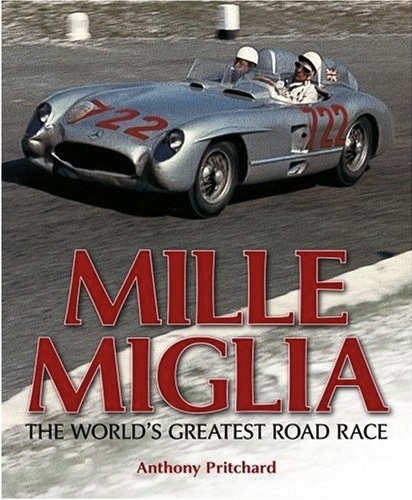
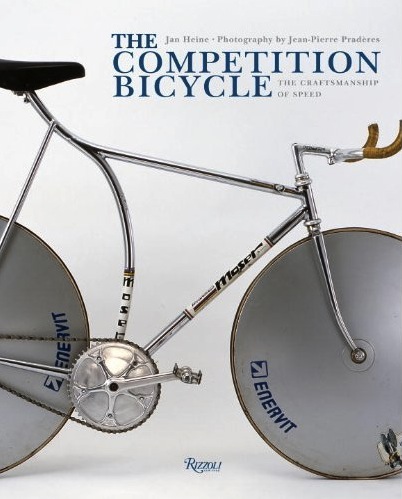
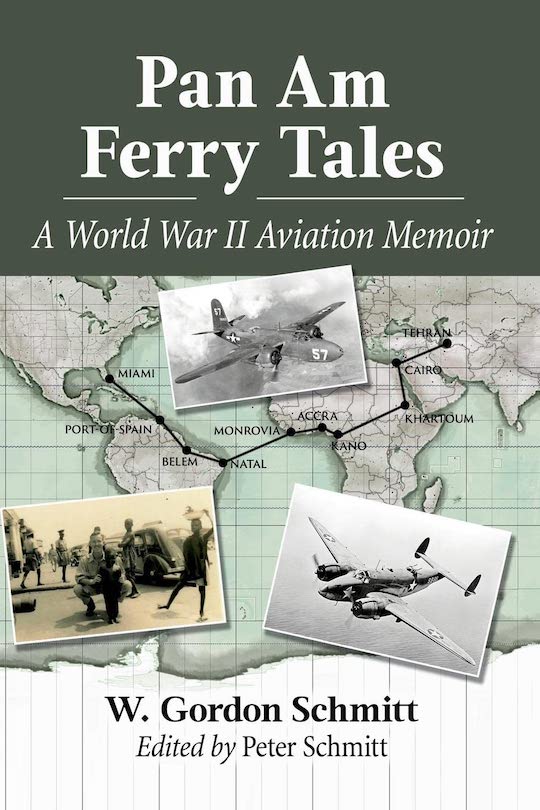




 Phone / Mail / Email
Phone / Mail / Email RSS Feed
RSS Feed Facebook
Facebook Twitter
Twitter